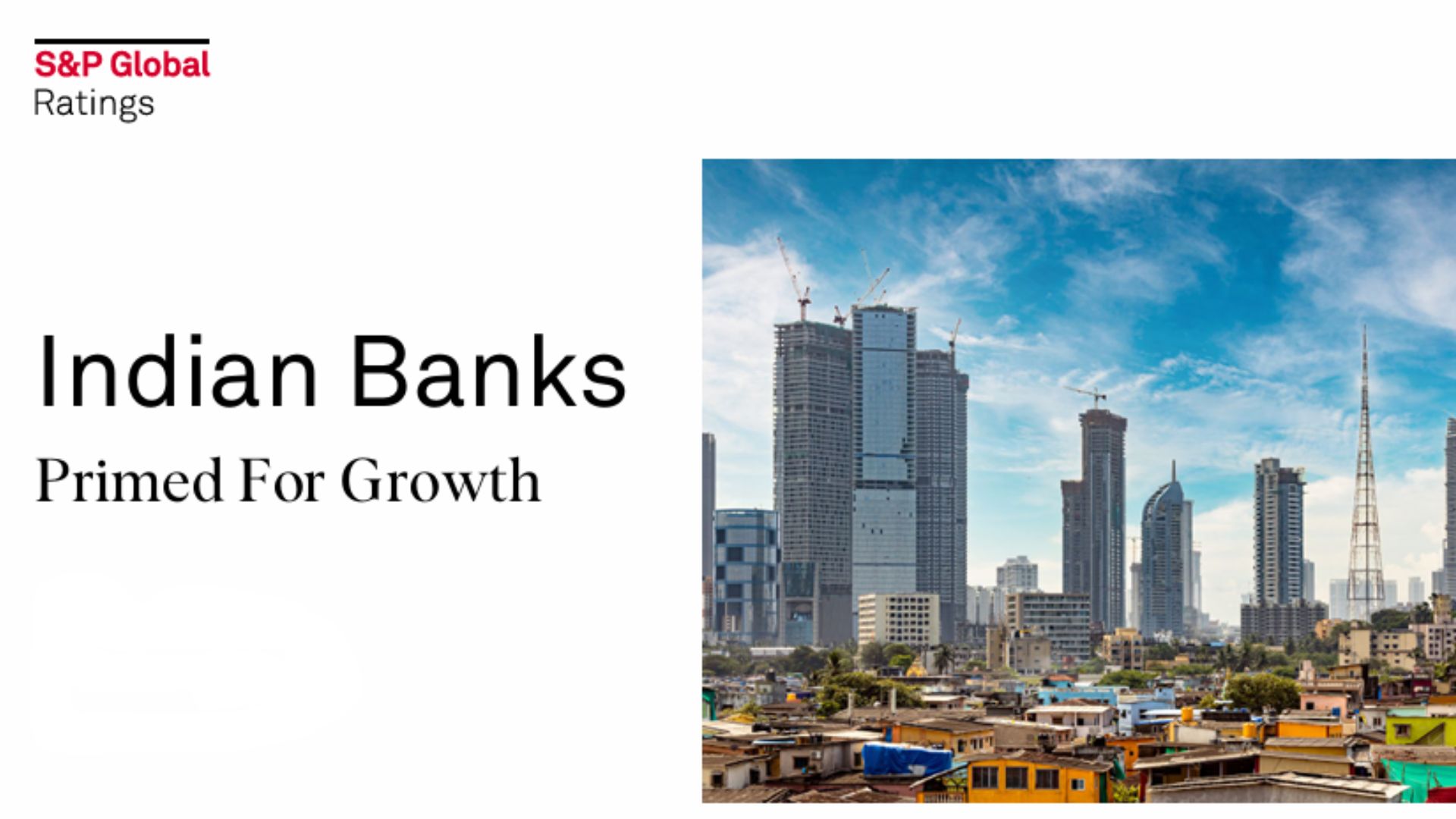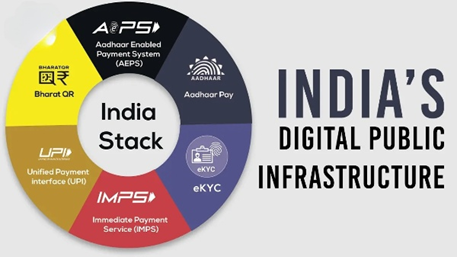Small Caps, Big Signals: Inside India’s SME IPO Boom and What It Means for Investors

India’s capital markets are no stranger to cycles of exuberance. From the dotcom-era listings to the recent startup IPO wave, each phase has carried its own rhythm of discovery, disappointment, and eventual maturity. Yet the surge in SME IPOs over the past three years is distinct. It is not merely about short-lived listing gains. It represents a broadening of India’s equity culture, where enterprises once reliant on bank loans or private equity are finding legitimacy and liquidity in public markets.
Data shows that by August 2025, SME IPOs had already raised ₹6,819 crore through 154 offerings, the second-highest tally on record. Only 2024, with ₹8,761 crore raised across 240 issues, surpasses it. This compares with 182 issues in 2023, and a mere ₹159 crore raised in 2020. In the span of five years, fundraising has grown more than forty-fold, signalling not just a passing craze but a structural transformation.
Beyond the debut pop
The stock market tends to fetishize the first-day performance of IPOs. For SME counters, too, double-digit day-one pops dominate headlines. But a deeper look reveals a more significant trend: sustained post-listing rallies.
Take Fabtech Technologies Cleanrooms, which listed at ₹85 in January 2025 and now trades above ₹425 a 400% gain, driven by strong demand from pharmaceutical cleanroom projects and improving profitability. Cryogenic OGS (up 247%) and Monolithisch India (up 235%) tell similar stories. These are not flash-in-the-pan rallies. They are examples of businesses with clear demand visibility and management discipline being re-rated as markets absorb their growth potential.
Equally instructive are names like Balaji Phosphates and CLN Energy. Both posted modest single-digit gains on debut but later turned into multi baggers. Their delayed rallies underscore a critical lesson: in SME IPOs, price discovery is often not instantaneous. Fundamentals not frenzied trading determines long-term returns.
The Three-year arc
The current SME boom is best understood in a three-year arc.
- 2023: The first signs of revival. 182 IPOs in 2023 created a pipeline and retail money began testing waters.
- 2024: A watershed. With 240 issues and ₹8,761 crore raised, SME IPOs stepped into the mainstream, drawing serious attention from high-net-worth individuals (HNIs) and boutique institutional desks.
- 2025 (YTD): Consolidation with quality. Despite fewer issues than 2024 till now, the average deal size has risen, signalling larger and better-prepared companies tapping markets.
This steady progression has changed the perception of SME listings. No longer viewed as speculative backwaters, they are now legitimate vehicles for raising growth capital.
The forces behind the boom
Several factors have converged to create this surge:
- Policy nudges and exchange reforms: The BSE and NSE SME platforms have streamlined listing procedures, while SEBI has tightened disclosure norms and eased migration rules for SMEs moving to the main board. This blend of accessibility and governance has enhanced credibility.
- Entrepreneurial signalling: For many SMEs, public listing is a stamp of legitimacy. It enhances brand equity, improves bargaining power in B2B contracts, and opens doors to institutional credit.
- Investor appetite for alpha: With valuations of large-cap and even mid-cap stocks stretched, SME counters offer the allure of early-stage growth at relatively lower valuations. Retail investors, in particular, see them as asymmetric bets where small allocations can deliver outsize returns.
- Improved ecosystem support: Merchant bankers, research boutiques and fintech platforms are creating visibility around SME IPOs, driving both investor education and participation.
The Liquidity sword
Yet liquidity remains the Achilles’ heel of the SME exchange. While the top ten multibaggers of 2025 enjoy average daily turnover several times higher than the median SME counter, the long tail remains illiquid. For investors, this creates volatility traps, prices can surge on thin buying and collapse just as quickly on exits.
This barbell structures a few liquid winners, and many illiquid laggards is both the opportunity and the risk of SME IPOs. Successful investors are those who anticipate which companies will migrate into the liquid cohort.
Case studies: winners and cautionary tales
- Fabtech Technologies Cleanrooms: Leveraging the pharma and healthcare demand cycle, the company combined robust order books with disciplined cost structures. Its governance disclosures-built investor trust, fuelling a 400% rally.
- Monolithisch India: By focusing on export-led growth in specialty engineering, the firm attracted institutional buyers post-listing, sustaining a more than two-fold gain.
On the flip side:
- Skyline Components (2024): A strong debut faded quickly as input-cost inflation eroded margins. Within months, it lost 60% of its value.
- Evergreen Foods (2024): Governance lapses and promoter pledging issues shattered confidence, sending the stock tumbling 70%.
These contrasting stories highlight the divergence between hype and durability.
Implications for markets and investors
For India’s capital markets, SME IPOs are broadening participation. They deepen retail engagement, diversify the investible universe and lay the foundation for stronger equity culture outside metros.
For investors, the calculus is more complex. The upside is substantial, 14 SME IPOs in 2025 alone have turned multibaggers. But risks are amplified: low liquidity, thin coverage and uneven governance demand greater due diligence. Position sizing, patience and scepticism are vital.
For entrepreneurs, the SME route offers more than just capital. It enforces governance discipline, enhances brand credibility and provides a stepping stone to the main board. But it also means scrutiny: quarterly earnings, independent directors and shareholder activism all new territory for first-time promoters.
Will the boom last?
The structural tailwinds are undeniable. Dedicated small and micro-cap mutual fund schemes are channelling flows. Pension and insurance money is slowly entering the space. And regulators remain committed to deepening equity access.
Yet sustainability depends on avoiding the pitfalls of exuberance. Global liquidity shocks or domestic credit tightening could dry up demand. A spate of governance scandals could undermine confidence. For the boom to endure, the market must reward quality over hype.
Investor behaviour
The SME boom has split investors into two tribes. One chases the adrenaline of quick listing gains, flipping within days. The other scrutinises unit economics, sectoral positioning, and promoter track record, holding through volatility. History shows that while the first group dominates headlines, it is the second that builds enduring wealth.
The surge of SME IPOs in the last three years is not a speculative bubble but a sign of a market maturing. SMEs are gaining visibility, investors are accessing new growth engines, and India’s capital markets are diversifying beyond the blue-chip universe. But sustainability depends on fundamentals. If SMEs deliver credible growth and investors exercise discipline, this boom could evolve into a durable pillar of India’s financial architecture.











